Read this in: German
Everybody who knows me – knows that I’m not the “hiking” Type. I know I know, but this is how I am. I was so happy that I found Jana. She wrote this great article about the Swiss National Park. It really sounds amazing! This is one of two articles she is going to write on my blog. Stay tuned!
An autumn hike in the Swiss National Park
It is early morning. An autumnal cold morning in the Engadine mountains. Now, in September, you feel already quite early in the day that the summer is slowly coming to its end. The nights are cold. Hoar frost is formed softly on the plants.
Slightly shivering we wander off. It is no longer dark, but it is still not bright as day. The sun still hides behind the mountains. But we know that we walk towards the sun. We look forward to soon reach the warming sunrays.
Conveniently leading upwards, turn by turn, the path moves through larch wood. The temperatures are so low that our breath freezes when exhaling, forming clouds of steam. Ascending further and further the forest lightens, the trees become smaller until only scattered larches remain. We observe how the clouds from far down move upwards out of the valley to the top and slowly, very slowly, float away over the surrounding mountains. We are now hiking over the clouds. It is a mystical atmosphere, which is even further enhanced by the natural silence around us.
Only occasionally we still hear the roaring of the deer, which surrounded us already during the whole night. They are now getting tired after the busy night and soon start resting in the dense forest. Nevertheless, we are confident to observe wildlife today. We are consistently and steadily ascending to pass the Murter saddle, which is known for its rich wildlife that grazes and sunbathes there.
Soon, after half an hour already, we discover the first deer, softly scared by our quiet steps, running away over a slope. Not without stopping again to look back who has just disturbed the morning rest. A few minutes later we leave the larch wood completely behind us and are reaching the vast open space of Murter saddle after successfully walking through an easy rocky part.
With every single turn, rising upwards and coming closer to the sun, we discover more and more animals: Chamois, marmots, bearded vultures, squirrels and finally even a group of ibex. They all graze peacefully and undisturbed in the slopes of the 2500 meters high mountain saddle. We take the time to watch the big and stoic ibex, enjoy the lively marmots and observe the somewhat shy chamois.
Getting up early was definitely worth it! Being absolutely happy we enjoy those moments in the saddle in an almost undisturbed wilderness. While we are resting, we realize how lucky we were to be able to watch these wild animals so peacefully – and also so many at once!
Three days later…
Another sunny autumn day. The surrounding prominently towering mountains seem to be even more impressive under the cloudless blue sky. We have now fully passed the Swiss National Park and arrived at the other side of the protected area. Two hours walking time are still ahead of us to reach our accommodation that is located slightly outside the park.
While we are joyfully progressing, we discover two people walking in our direction. Firstly, we consider them also as hikers as they seem to carry large backpacks. Nevertheless, something seems to be different. The posture of one of the two men looks strange. As they come closer, we are shocked. He wears a dead chamois on his shoulders. They are not hikers, they are hunters! Outside the protected are of the national park is now hunting season – and the hunting has a long tradition in the canton Grisons in Switzerland.
An animal killed and carried on a human shoulder, having seen its fellows grazing freely and undisturbed just a few days earlier, leaves its mark on us. We remain speechless for a while. Both of us are lost in our thoughts, with the need and the wish to come to terms with the recent impression.
What a striking contrast we experienced within these few days. Caught between natural wilderness and human traditions …
The Swiss National Park – over 100 years of nature protection
Switzerland is a small country famous for its magnificent landscape. Mountains, lakes and endless greenery are waiting to be discovered in a variety of regions.
Knowing this it almost comes to a little surprise that Switzerland has so far only this only one National Park. The Swiss National Park. Still, this protected area has its great history: it is the oldest national park in the Alps, located in Lower Engadine, east of well-known St. Moritz, bordering the Italian Stelvio National Park on the south.
Established over 100 years ago, the reserve attracts with miscellaneous landscape shapes. Besides vast forests, especially atmospheric larch wood, the park offers visitors high-altitude alpine meadows and also a very rugged mountain landscape, transforming into a rocky moonscape the higher you come. Even climbers get their money’s worth, with peaks up to 3,000 meters waiting for them.
The small town Zernez, located nearly 1,500 meters above sea level, is the perfect central starting point for hikes and excursions into the surrounding park area.
The 3 best tips to intensively experience the Swiss National Park
The Swiss National Park is a paradise for nature lovers, passionate hikers, mountain lovers, animal watchers, birders and herbalists. Or simply for people who once again want to experience the feeling of true wilderness. Closed in winter to protect the animals, the park offers anytime in the remaining three greener seasons something special.
From my own extensive experience, I am happy to provide you with my three top tips to experience the National Park intensively and at its best:
1. The best time of the year to visit the park is the beginning fall in September!
It is the time, when the first leaves are coloring, mushrooms begin to sprout, larches start to shimmer in a golden yellow, and the weather is not as hot anymore as in midsummer making it ideal for long walks – as well as, especially, the roaring of deer rules these special days in the park.
Approximately mid-September rank struggles of deer start, where they are fighting not only to mate, but also to defend their territory. There are so many deer in the park. There is nearly a 100 percent guarantee to succeed and to be able to watch the deer rut in September.
2. Stay overnight within the national park!
There are two possible options to stay overnight in the heart of the national park.
If you like it a little rustic, a three hour hike to the Chamanna Cluozza is highly recommended, which can only be reached on foot. Surrounded by wild nature, the National Park experience is the most intense here.
Alternatively, take a chance in the old Hotel Il Fuorn, which is also famous for its excellent cuisine. The special deal about Il Fuorn is that the deer comes down to the meadows that lie around the hotel during the rutting season. It’s quite a unique memorable experience when you lie in your bed and directly under your window a red deer roars the entire night to attract a fellow female.
3. The early bird catches the worm!
As with so many other natural experiences, the earlier you start your day, the better and the more successful. On the one hand you’ll get the chance of undisturbed wildlife viewing as other people are only behind you. On the other side, the early morning (or at dusk) generally offers the best chance to see animals. Animals are moving itself back during the day mostly because the human bustle is then the most intense. Do not forget your binoculars for wildlife viewing!
Leaving the image of the hunter with the dead chamois, which was decorated with the hunters last salute, behind us, we are hiking on our last day through the wildlife rich Val Mingér – and we are seen off with a last multi-voiced roaring from the deer.
They seem to say: “Come back! We feel safe and comfortable here. Help us to protect our living environment. ”
Jana:
Jana Westendorf loves the nature. She is not only a nature lover but also a blogger.
After a few years being in a kind of carrier – Hamster wheel, she decided to move on foot. She actively campaigns for the promotion of walking more and maintenance of nature and hiking while traveling.


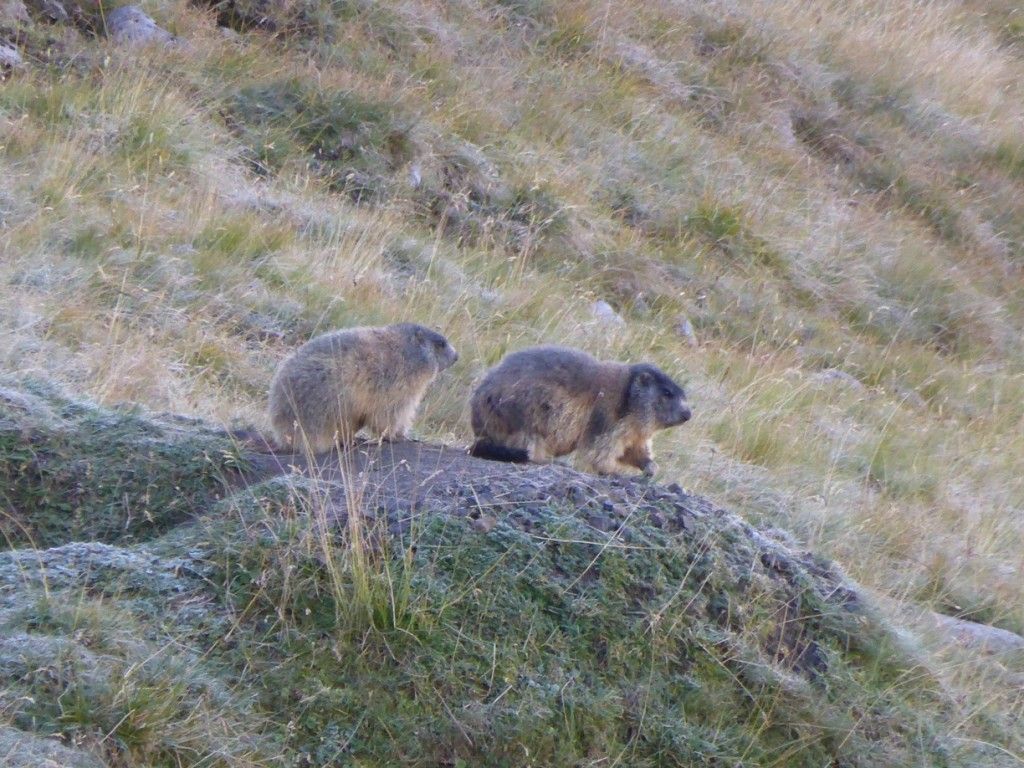
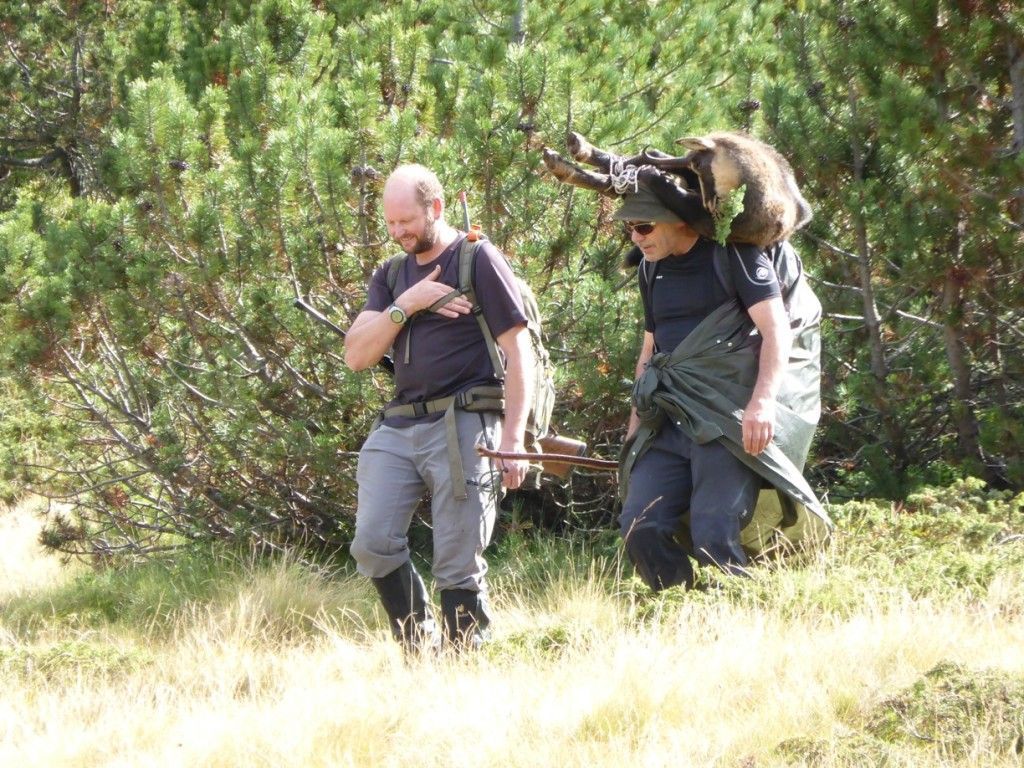
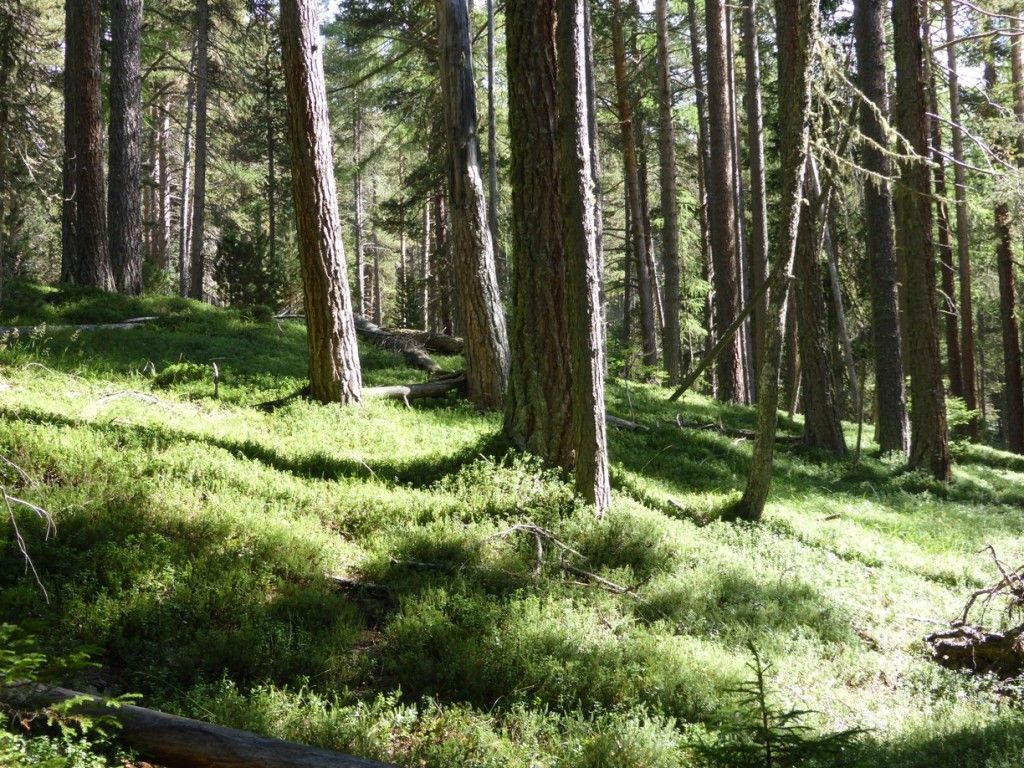
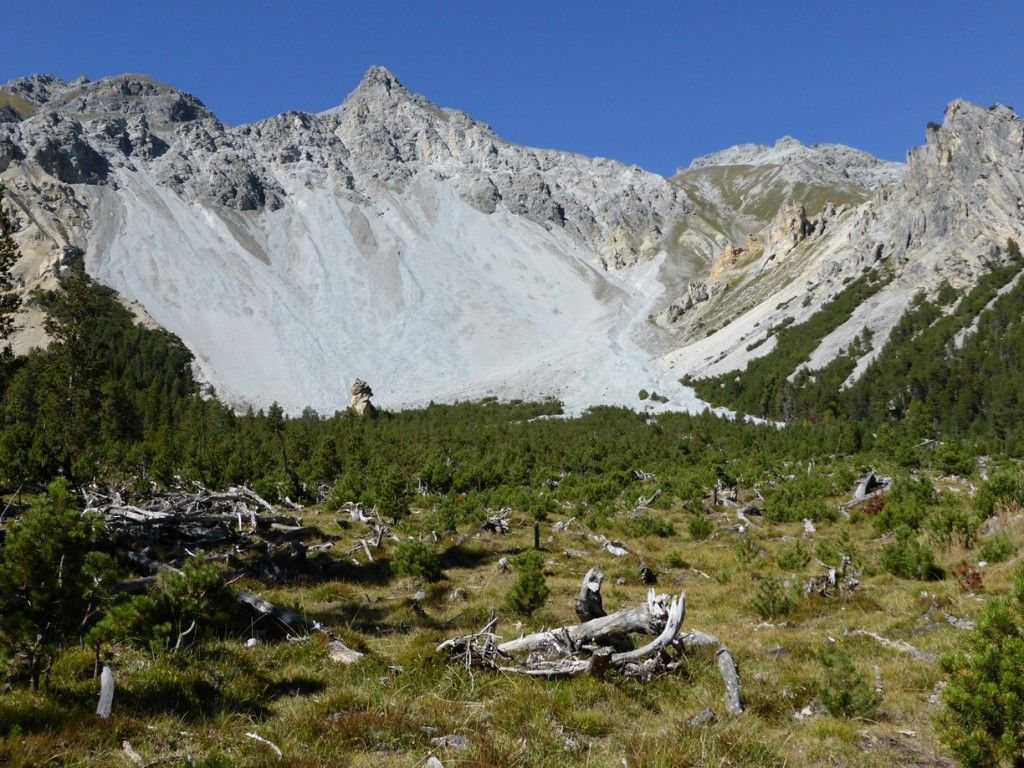
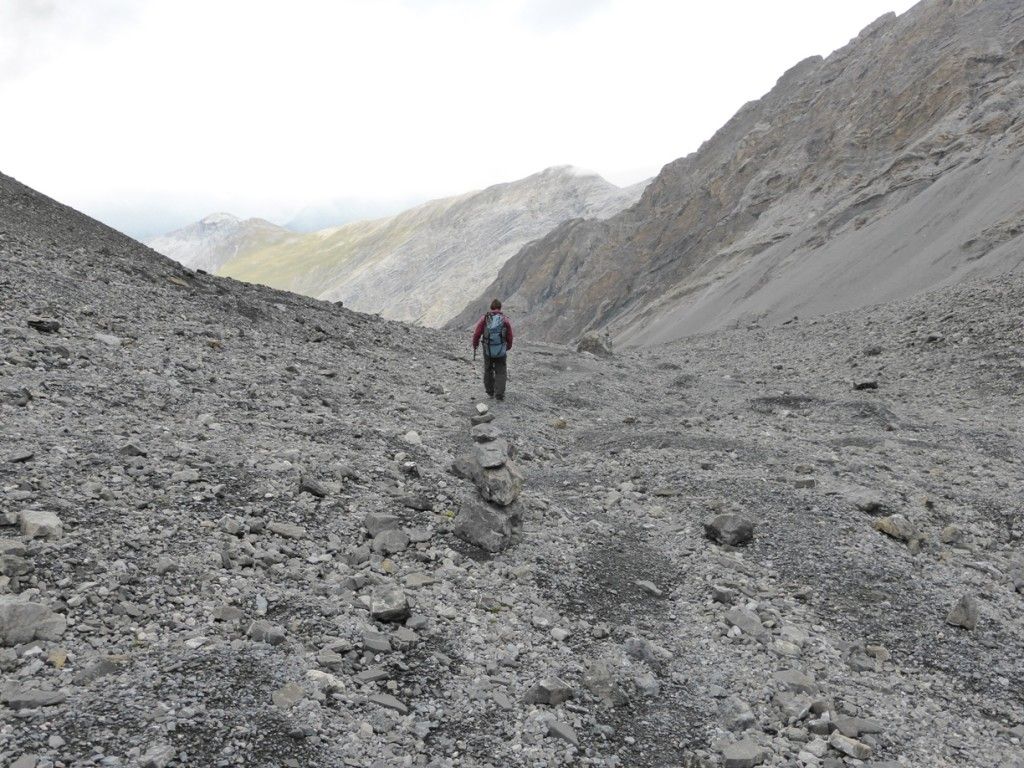
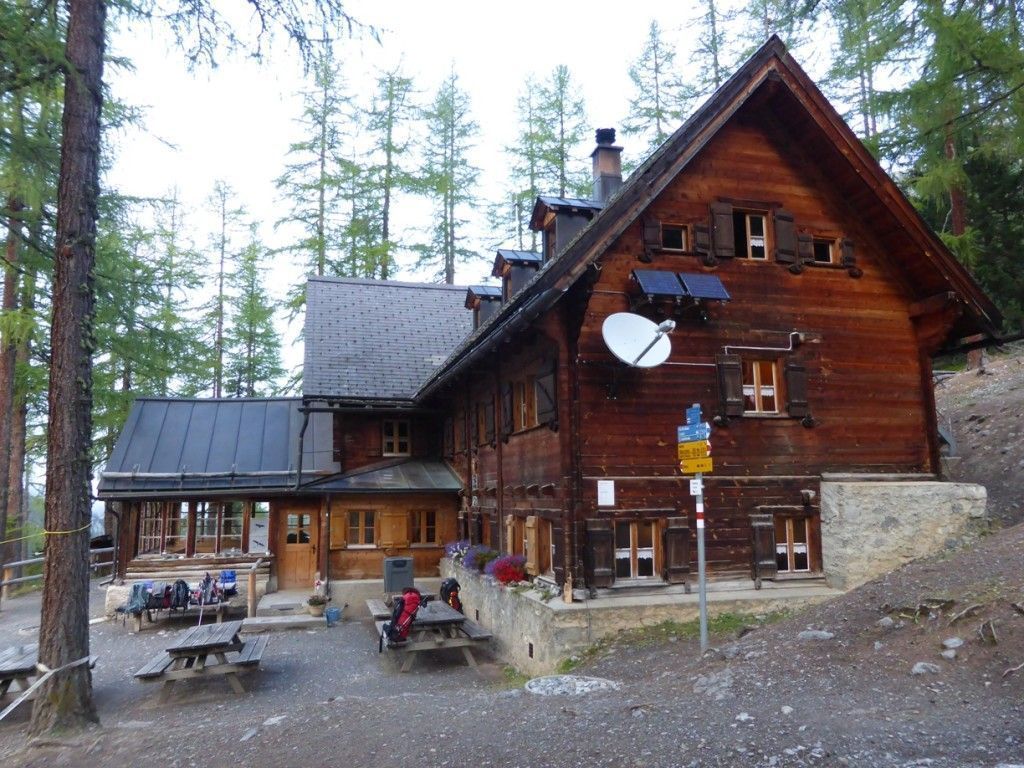
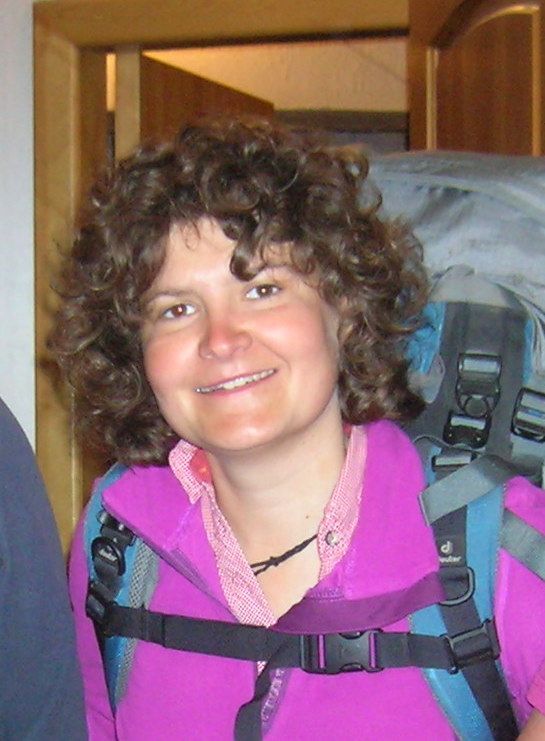


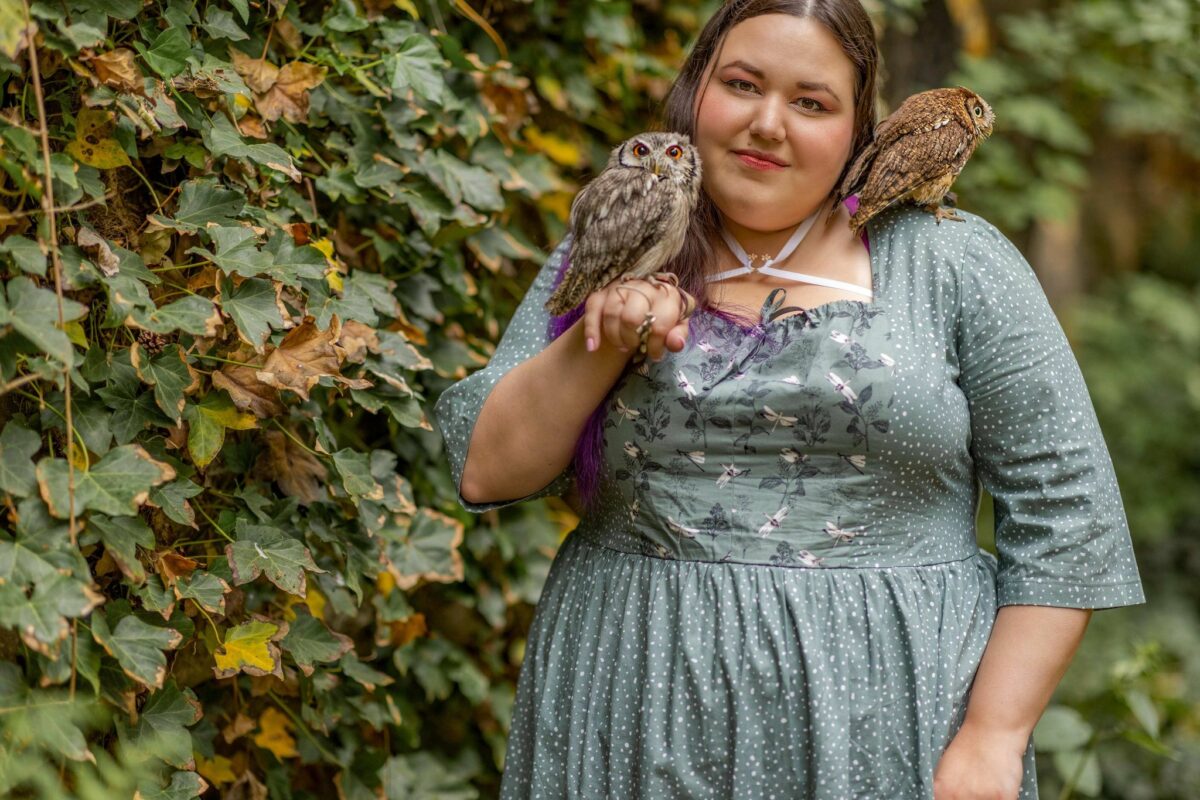
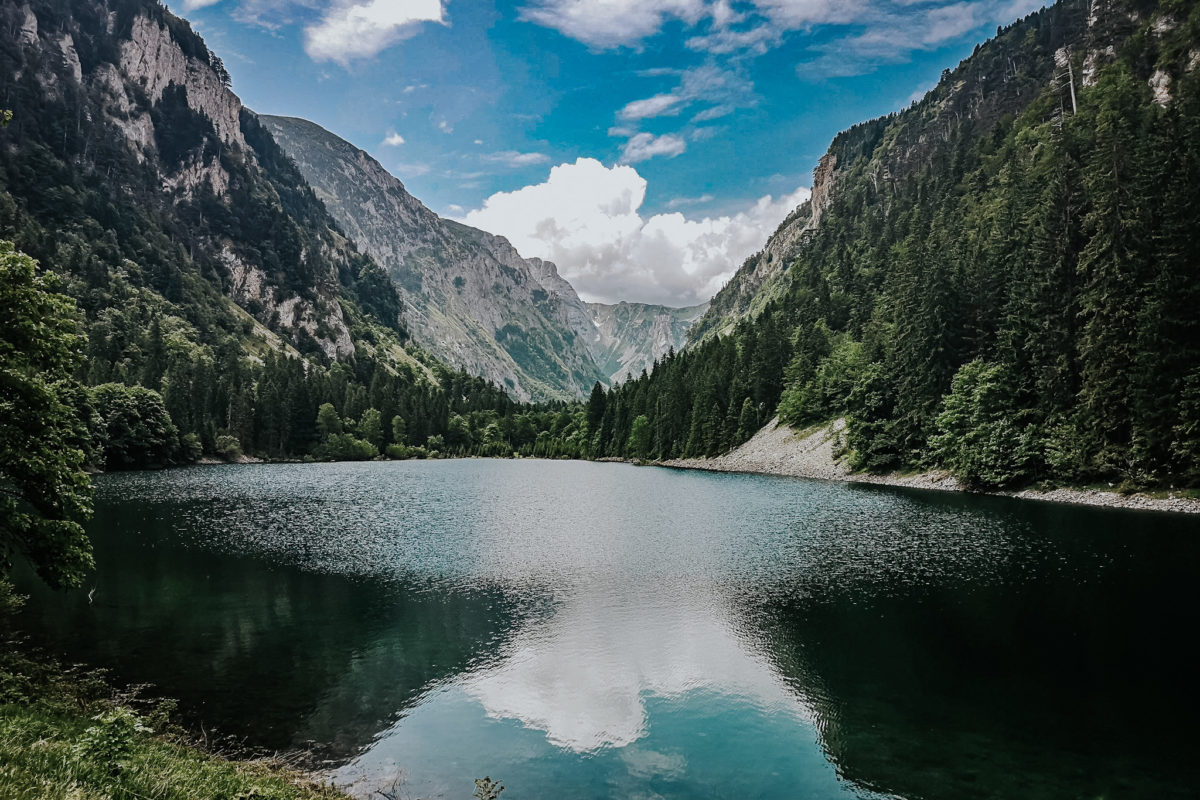
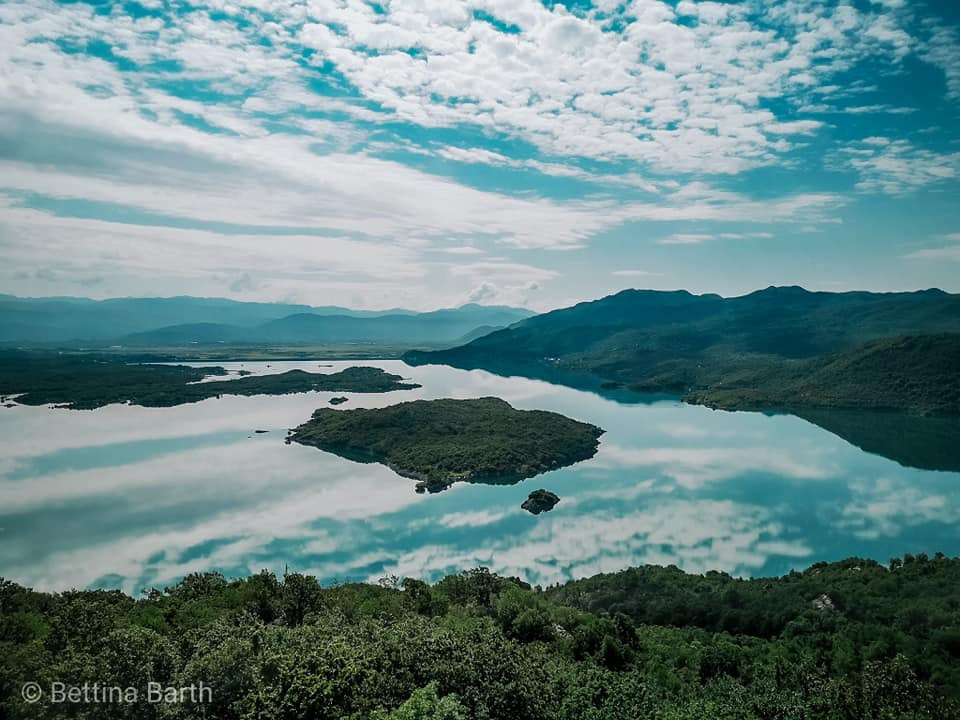
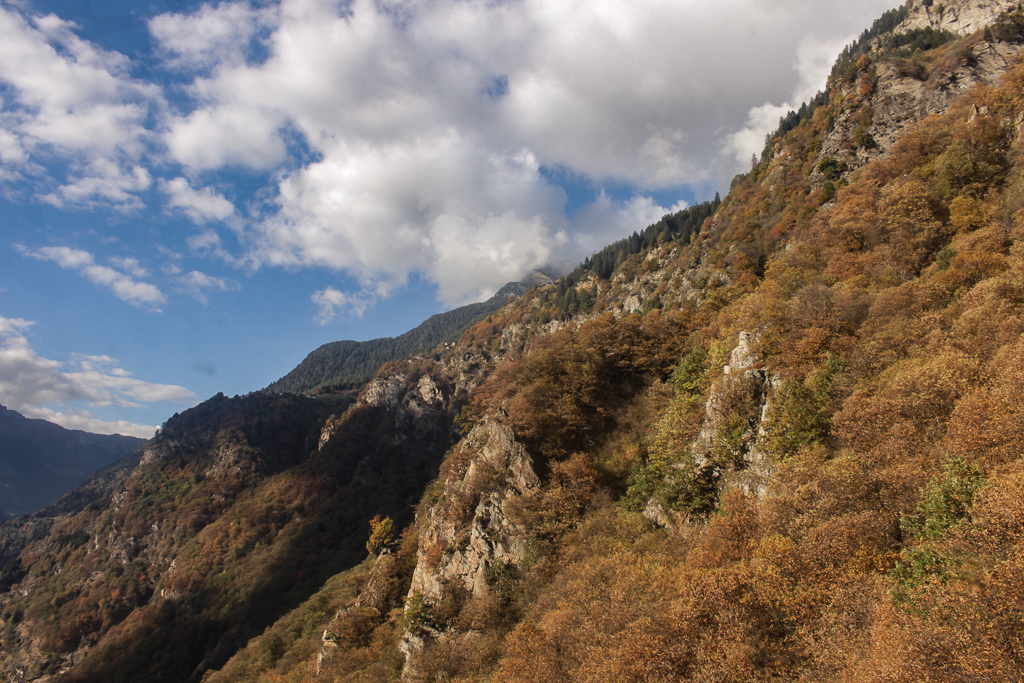
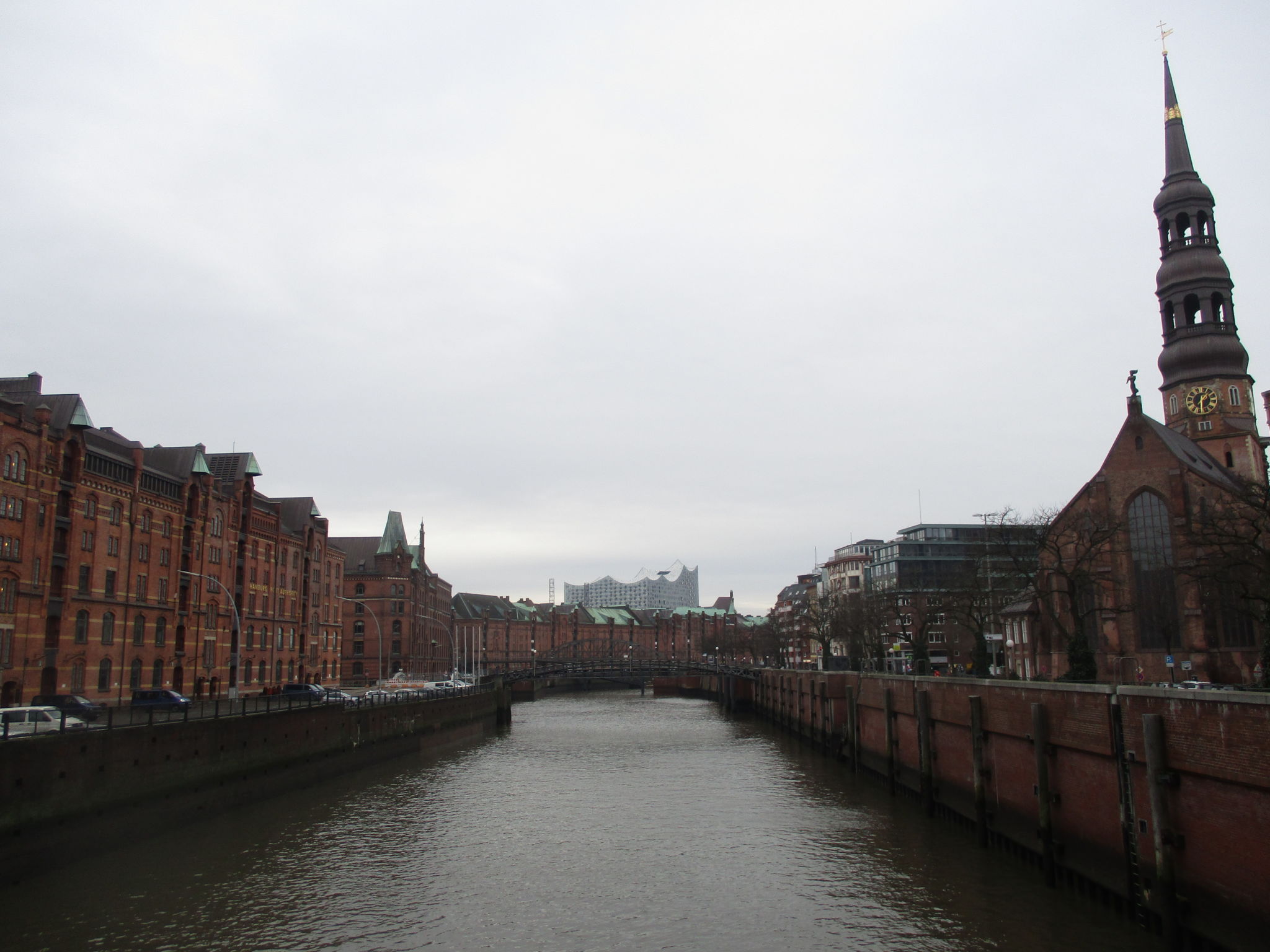
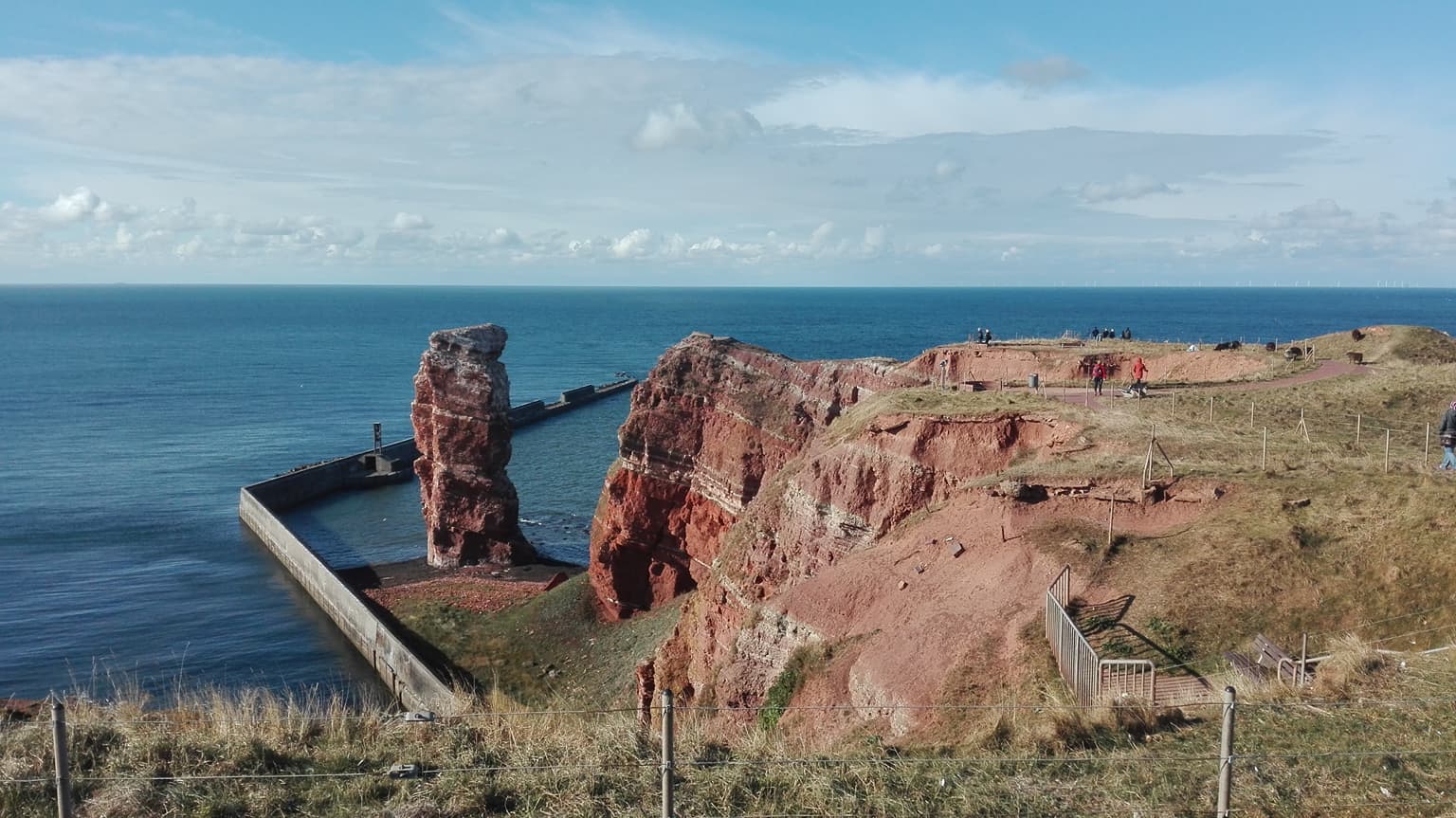
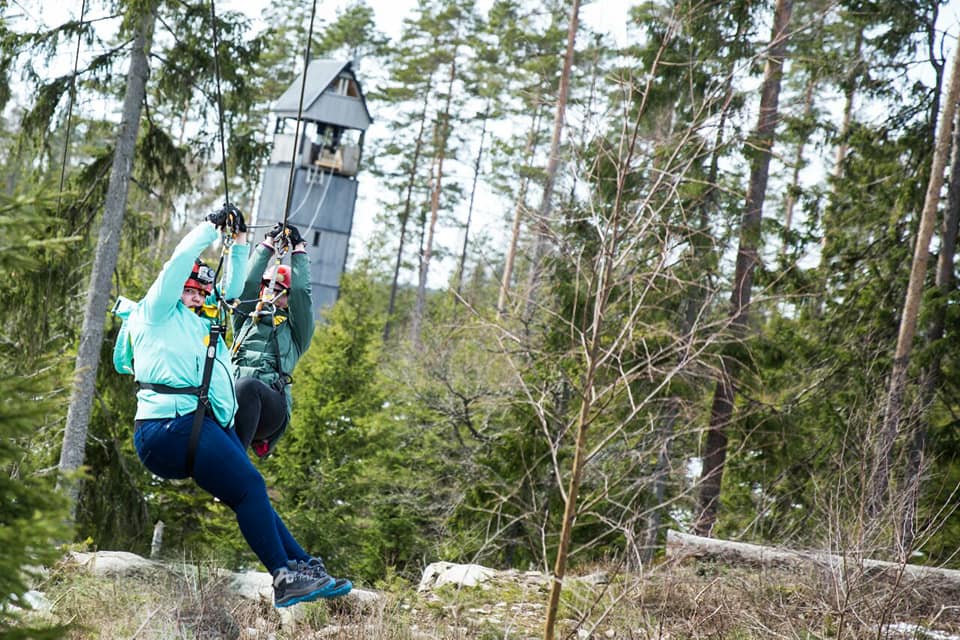
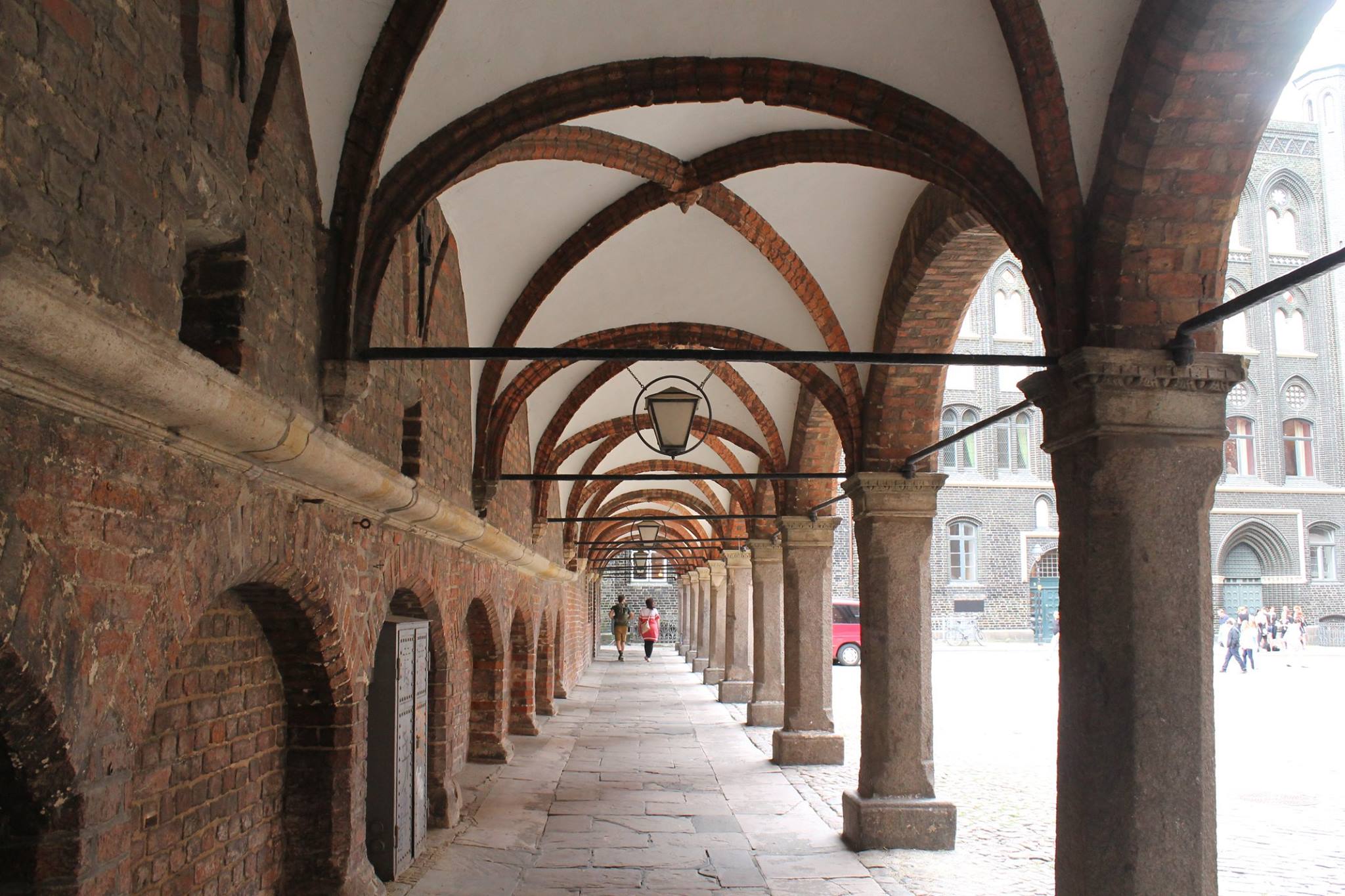
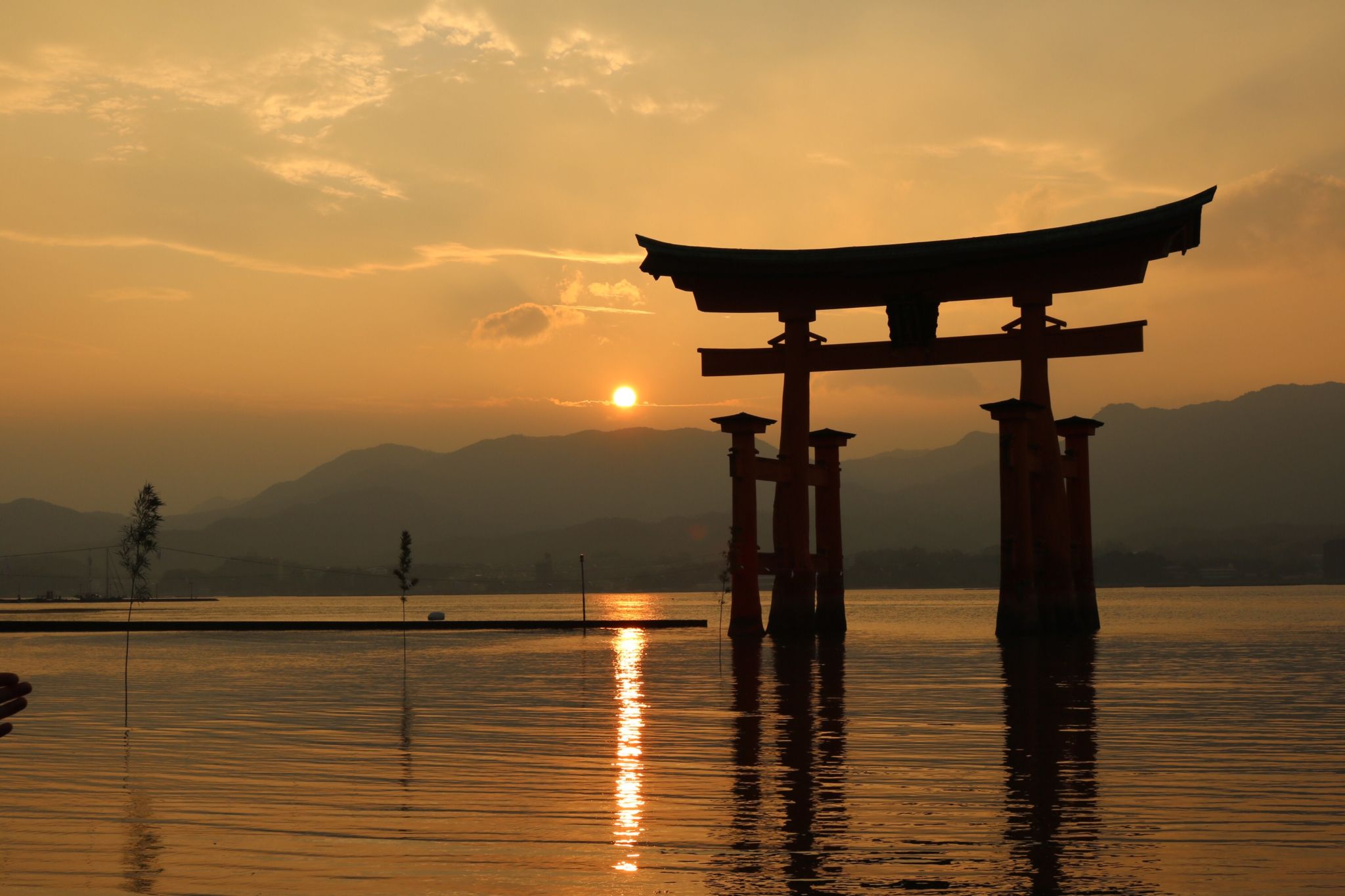
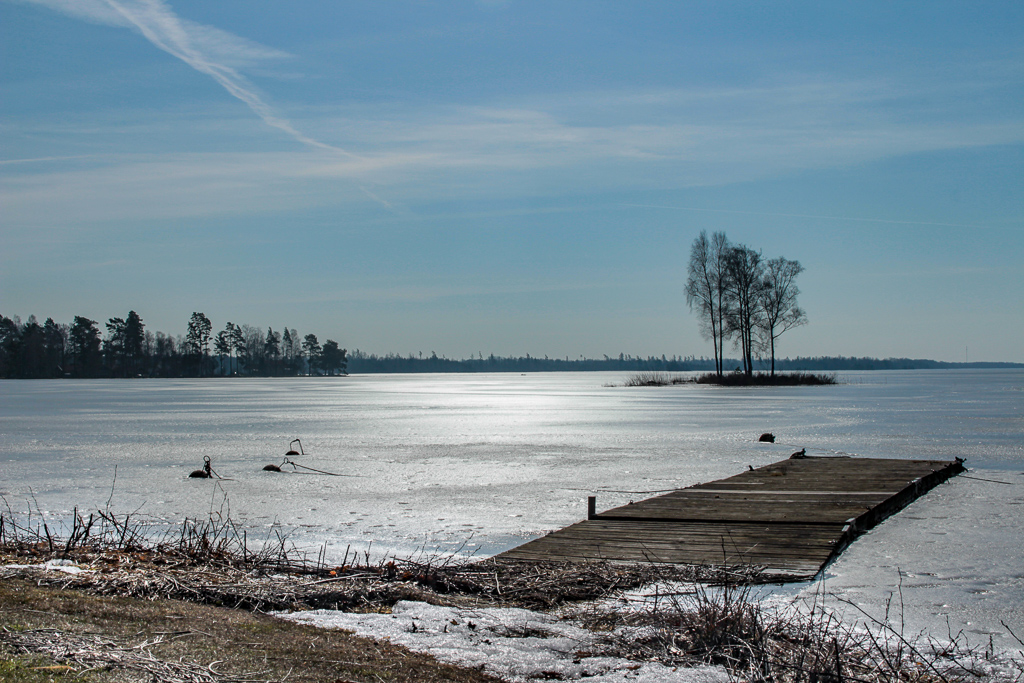





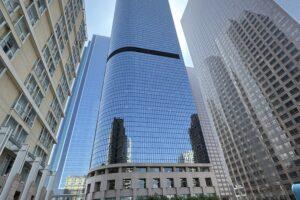
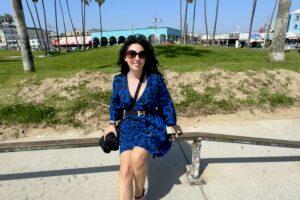




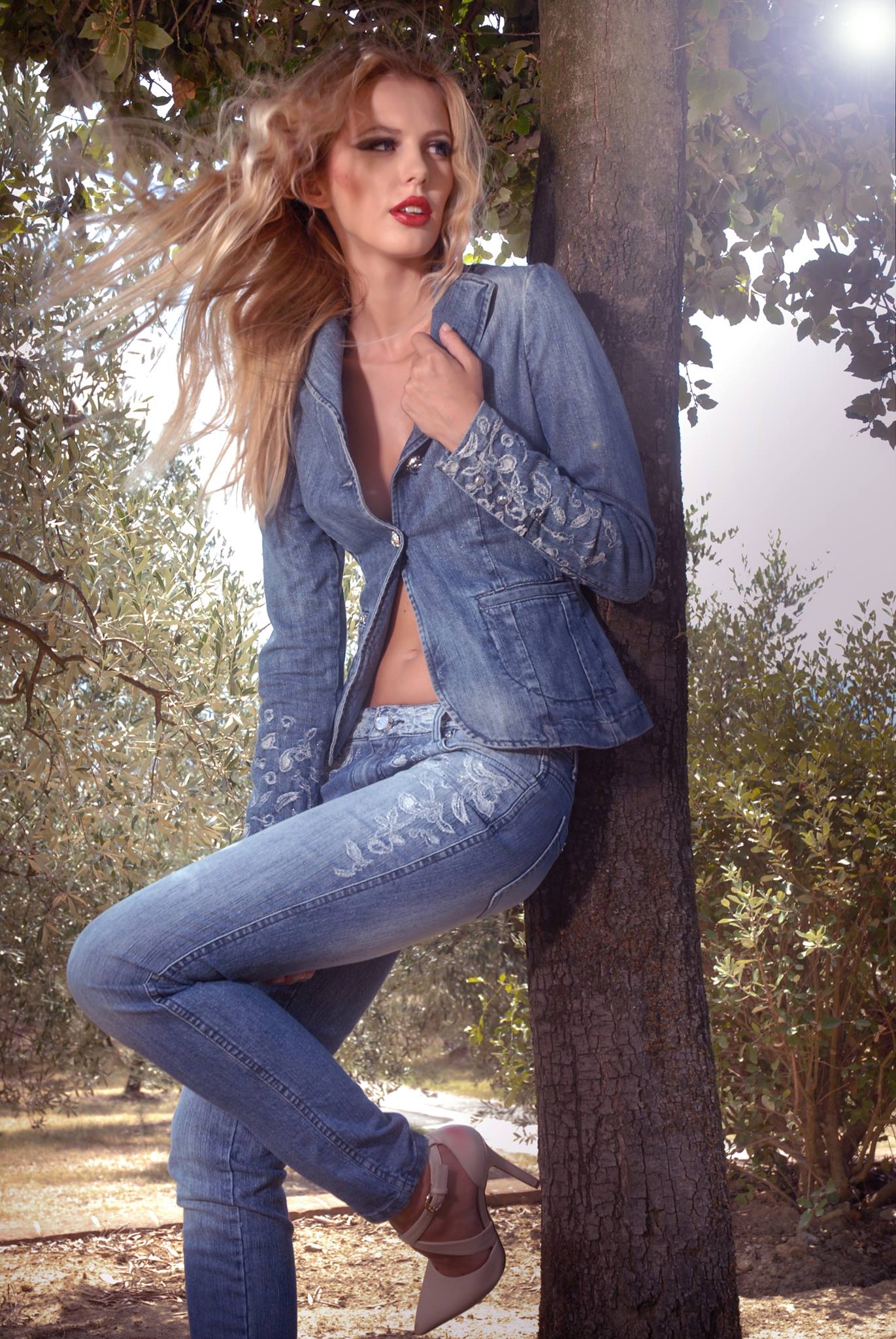

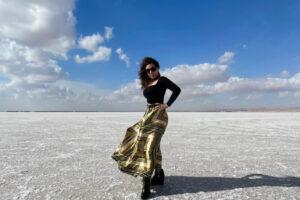


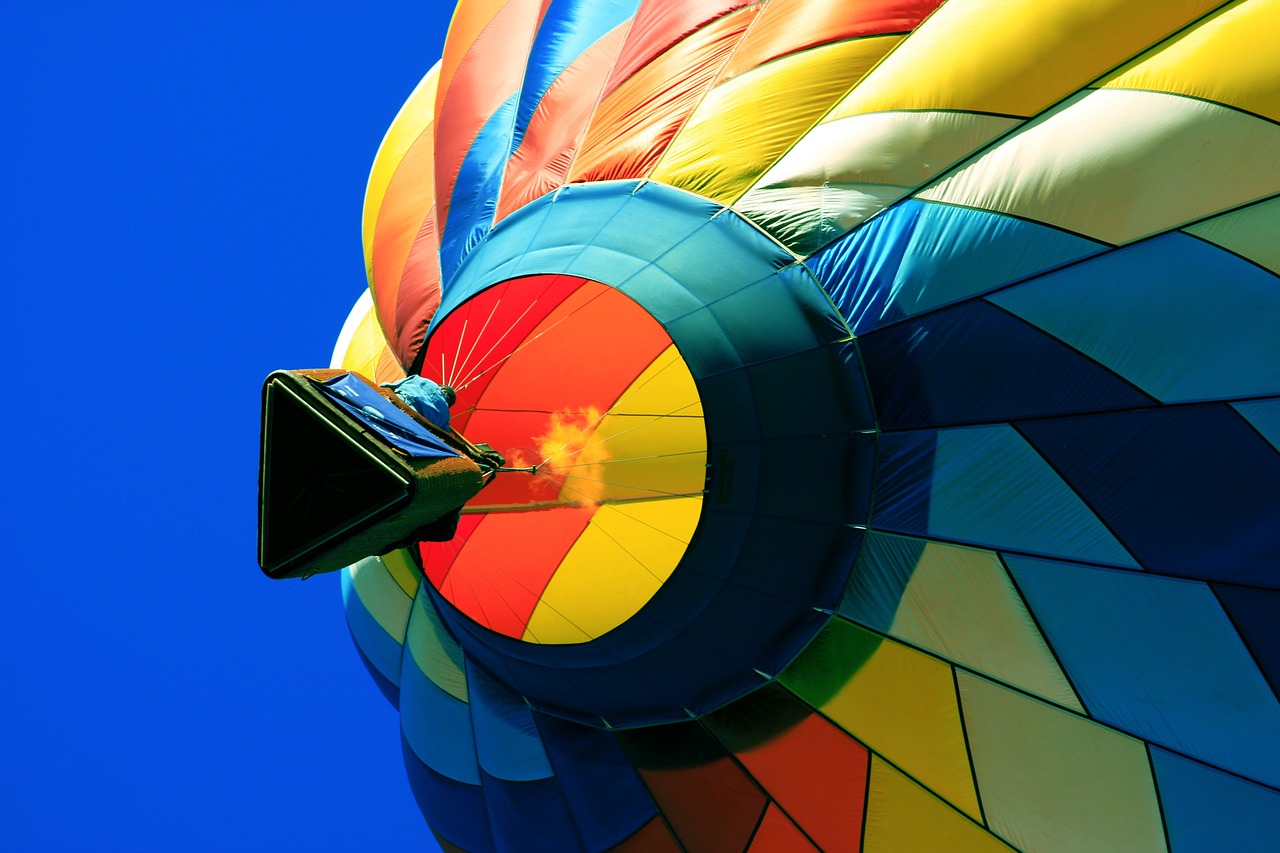
0 Comments